About a quarter of a million homes sustain damage from broken pipes every winter. Here's how to avoid a similar fate. Watch this video to learn how to prevent pipes from freezing.
You Will Need
* A pipe insulator
* Caulk
Step 1. Attend to outdoor hoses
Unhook, drain, and store outdoor hoses. Close any inside water valves that supply outdoor hose bibs. Leave outdoor hose bib valves open to allow water to drain out.
Remember to drain water from swimming pool and sprinkler supply lines.
Step 2. Insulate pipes
Find exposed pipes in unheated areas, such as basements, attics, and garages, and install insulation, such as a pipe sleeve, heat cable, or heat tape, on both cold and hot water pipes.
Use insulation products approved by an independent testing organization.
Step 3. Seal air leaks
Use caulk to seal any areas where cold air can come in from. Look for air leaks around electrical wiring, dryer vents, and pipes.
Step 4. Keep the garage closed
Keep the garage door closed whenever possible to keep pipes in that space from freezing.
Step 5. Open cabinets
Open kitchen and bathroom cabinets on exterior walls to allow warm air to circulate around pipes.
Step 6. Run water
Let warm water drip from an exterior-wall faucet overnight when below-freezing temperatures persist.
Step 7. Keep the house warm
Keep the thermostat above 55 degrees – don't get caught off guard by a flooding basement!
FACT: Even a small crack in a pipe can leak up to 250 gallons of water in a day.
Just updated your iPhone? You'll find new emoji, enhanced security, podcast transcripts, Apple Cash virtual numbers, and other useful features. There are even new additions hidden within Safari. Find out what's new and changed on your iPhone with the iOS 17.4 update.



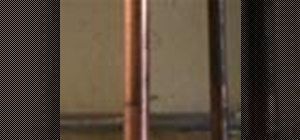

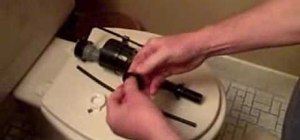
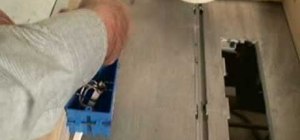
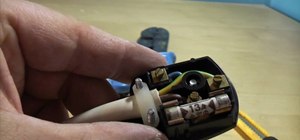
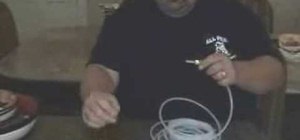
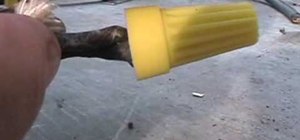
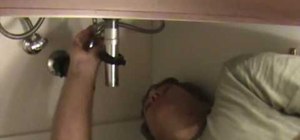
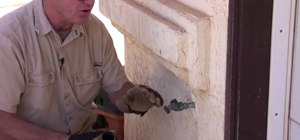

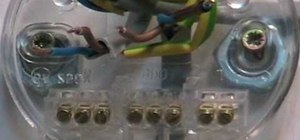
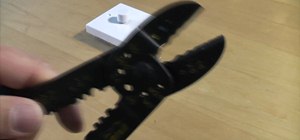
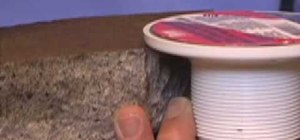

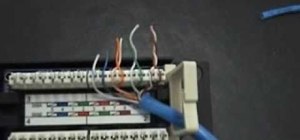
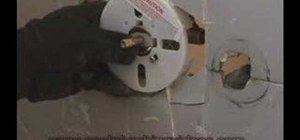

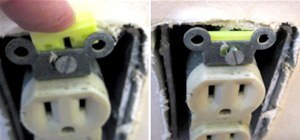


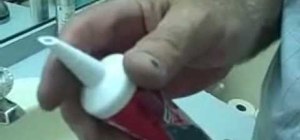
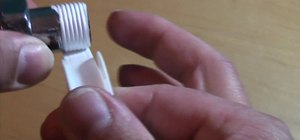
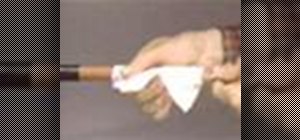
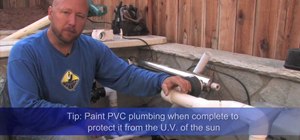
Be the First to Comment
Share Your Thoughts